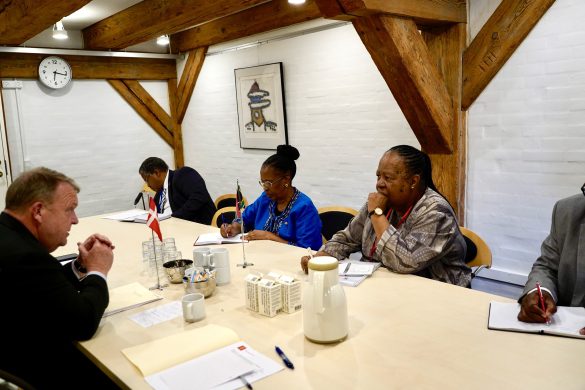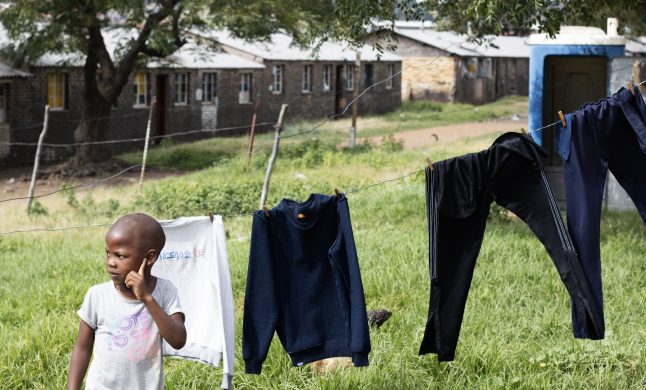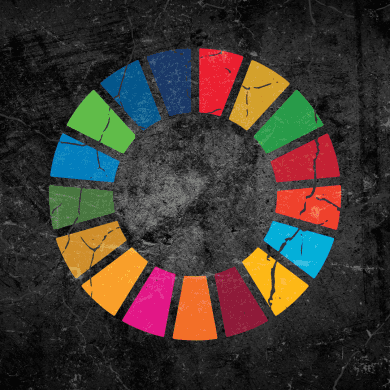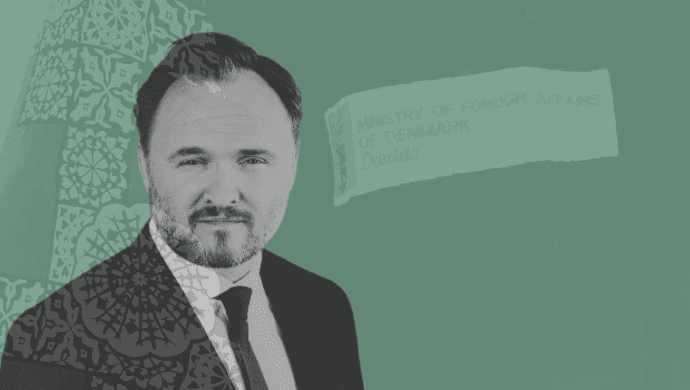Verden er på vej mod en stigning i den globale temperatur på et pænt stykke over de 2 grader, men den rette politik kan holde den globale opvarmning under den faretruende grænse, og det kan endda gøres uden økonomiske omkostninger, vurderer Det Internationale Energiagentur i ny rapport.
PARIS, June 10, 2013: Warning that the world is not on track to limit the global temperature increase to 2 degrees Celsius, the International Energy Agency (IEA) Monday urged governments to swiftly enact four energy policies that would keep climate goals alive without harming economic growth.
“Climate change has quite frankly slipped to the back burner of policy priorities. But the problem is not going away – quite the opposite,” IEA Executive Director Maria van der Hoeven said in London at the launch of a World Energy Outlook Special Report, Redrawing the Energy-Climate Map, which highlights the need for intensive action before 2020.
Noting that the energy sector accounts for around two-thirds of global greenhouse-gas emissions, she added:
“This report shows that the path we are currently on is more likely to result in a temperature increase of between 3.6 °C and 5.3 C.”
“But it also finds that much more can be done to tackle energy-sector emissions without jeopardising economic growth, an important concern for many governments.”
New estimates for global energy-related carbon dioxide (CO2) emissions in 2012 reveal a 1.4% increase, reaching a record high of 31.6 gigatonnes (Gt), but also mask significant regional differences.
In the United States, a switch from coal to gas in power generation helped reduce emissions by 200 million tonnes (Mt), bringing them back to the level of the mid‑1990s.
China experienced the largest growth in CO2 emissions (300 Mt), but the increase was one of the lowest it has seen in a decade, driven by the deployment of renewables and improvements in energy intensity. Despite increased coal use in some countries, emissions in Europe declined by 50 Mt. Emissions in Japan increased by 70 Mt.
The new IEA report presents the results of a 4-for-2 °C Scenario, in which four energy policies are selected that can deliver significant emissions reductions by 2020, rely only on existing technologies and have already been adopted successfully in several countries.
“We identify a set of proven measures that could stop the growth in global energy-related emissions by the end of this decade at no net economic cost,” said IEA Chief Economist Fatih Birol, the report’s lead author,noting:
“Rapid and widespread adoption could act as a bridge to further action, buying precious time while international climate negotiations continue.”
In the 4-for-2 °C Scenario, global energy-related greenhouse-gas emissions are 8% (3.1 Gt CO2‑equivalent) lower in 2020 than the level otherwise expected.
– Targeted energy efficiency measures in buildings, industry and transport account for nearly half the emissions reduction in 2020, with the additional investment required being more than offset by reduced spending on fuel bills.
– Limiting the construction and use of the least-efficient coal-fired power plants delivers more than 20% of the emissions reduction and helps curb local air pollution. The share of power generation from renewables increases (from around 20% today to 27% in 2020), as does that from natural gas.
– Actions to halve expected methane (a potent greenhouse gas) releases into the atmosphere from the upstream oil and gas industry in 2020 provide 18% of the savings.
– Implementing a partial phase-out of fossil fuel consumption subsidies accounts for 12% of the reduction in emissions and supports efficiency efforts.
Læs mere her: http://www.iea.org/newsroomandevents/pressreleases/2013/june/name,38773,en.html
Begynd ved: “The report also finds…”














